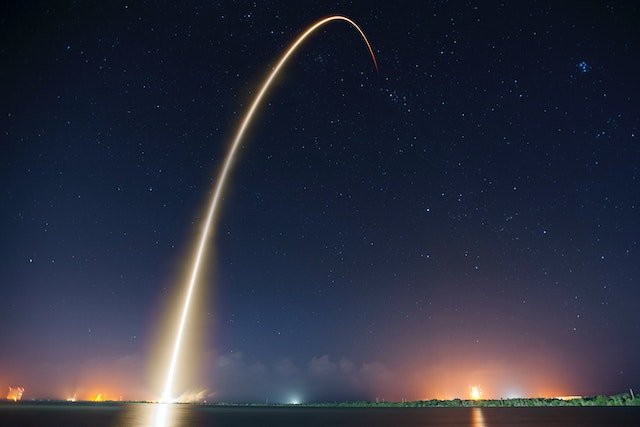India's ambitious space mission, Gaganyaan, is aimed at sending three Indian astronauts to space by 2030. The mission is a significant step towards India's goal of becoming a space superpower and marks a major milestone in the country's space exploration history.
Gaganyaan, which means "Sky Craft" in Sanskrit, is India's first manned mission to space. The spacecraft will be launched using the Indian Space Research Organisation's (ISRO) Geosynchronous Satellite Launch Vehicle Mark III (GSLV Mk III) launch vehicle from the Satish Dhawan Space Centre in Sriharikota, Andhra Pradesh.
The mission was announced by Prime Minister Narendra Modi on August 15, 2018, during his Independence Day speech. The objective of the mission is to demonstrate India's ability to send astronauts into space, perform scientific experiments in microgravity, and bring them back safely to Earth.
The Gaganyaan mission has three key components: the crew module, the service module, and the launch vehicle. The crew module, which will carry the three astronauts, is being designed and developed by ISRO. The module will be equipped with life support systems, communication equipment, and other necessary instruments to ensure the safety and well-being of the astronauts.
The service module will provide propulsion, power, and other support systems to the crew module during the mission. The launch vehicle, GSLV Mk III, is one of the most powerful launch vehicles developed by ISRO and will be used to launch the Gaganyaan spacecraft into orbit.
The Gaganyaan mission is expected to provide several benefits to India. Firstly, it will enhance India's national prestige and establish the country as a major player in the space exploration field. Secondly, it will provide opportunities for Indian scientists and engineers to gain valuable experience in designing and developing advanced space technologies. Thirdly, it will create new opportunities for collaboration with other countries and international space agencies.
The mission also has several scientific objectives. The astronauts will conduct experiments in microgravity to study the effects of space on human physiology and conduct experiments in areas such as biotechnology, material science, and space environment research.
ISRO has been making significant progress towards the Gaganyaan mission. In December 2014, ISRO successfully tested the crew module during the CARE (Crew Module Atmospheric Re-entry Experiment) mission. In January 2020, ISRO conducted the first unmanned test flight of the Gaganyaan spacecraft. The successful completion of these missions has boosted ISRO's confidence in its ability to launch the manned mission by 2030.
In conclusion, the Gaganyaan mission is a significant step towards India's goal of becoming a space superpower. The mission will establish India's capabilities in designing and developing advanced space technologies and create new opportunities for collaboration with other countries and international space agencies. With the successful completion of the mission, India will join the elite group of countries that have successfully sent astronauts into space.

